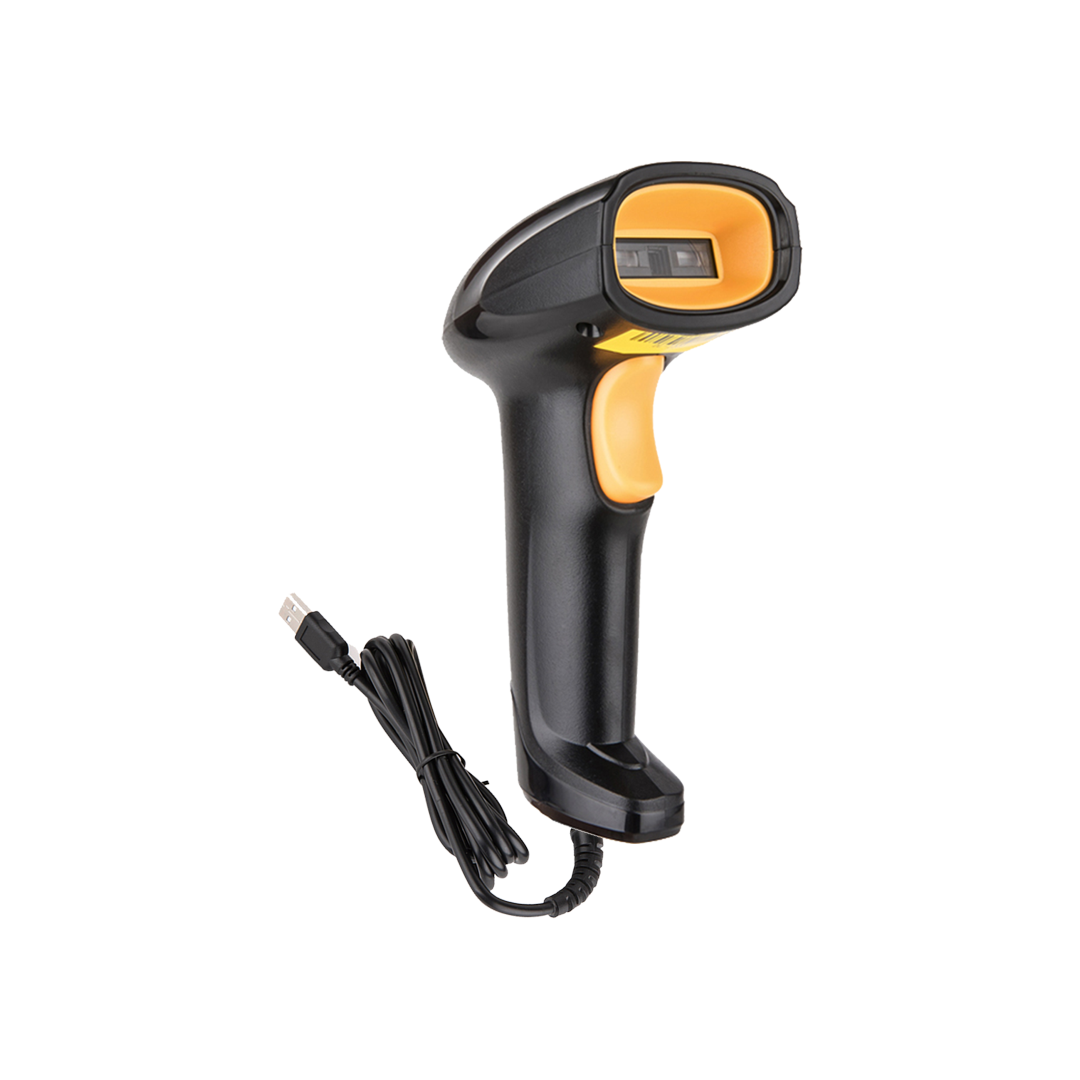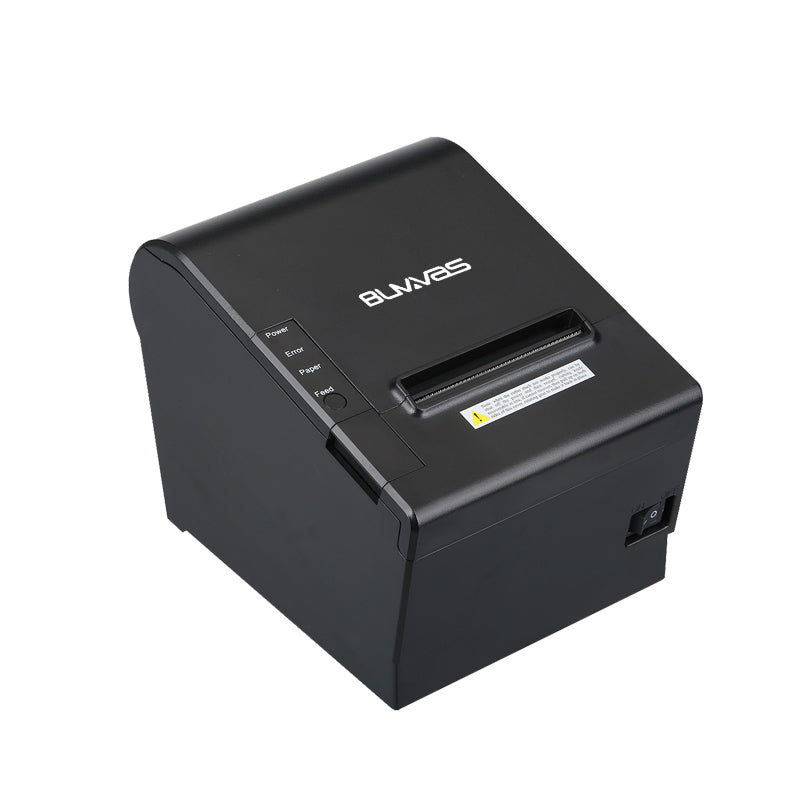
How to Integrate Barcode Scanners with Your POS System
Share
In today’s competitive retail and hospitality landscapes, having an efficient and streamlined checkout process is no longer a luxury but a necessity. Whether you run a bustling restaurant, a boutique shop, or a high-volume supermarket, the importance of integrating a barcode scanner with your POS system cannot be overstated. This integration not only speeds up transactions but also significantly enhances inventory management, accuracy, and customer satisfaction.
After the first 100 words, it's crucial to focus on our primary keywords: barcode scanner and POS system. These terms will help guide this in-depth look at integration, functionality, and benefits.
Why Integrate Barcode Scanners with Your POS System?
1. Speed and Efficiency
Integration allows for rapid scanning of items, which significantly reduces checkout times. This not only improves the customer experience but also enables your business to serve more customers in less time.
2. Accuracy
Manual entry of product codes is prone to human error. A barcode scanner ensures that every item is entered accurately into the POS system, reducing discrepancies in pricing and inventory.
3. Real-Time Inventory Management
Integrated systems automatically update stock levels as items are sold. This real-time visibility into inventory helps in replenishing stock promptly and reducing overstocking.
4. Better Customer Service
Faster checkouts and accurate billing enhance customer satisfaction. Moreover, POS data from scanned barcodes can be used to personalize service and improve customer loyalty.
5. Improved Reporting
The synergy between a barcode scanner and a POS system ensures that you have accurate data for sales, sto
Steps to Integrate Barcode Scanners with Your POS System
Step 1: Choose the Right Barcode Scanner
Different businesses have different needs. Consider these types:
- 1D Scanners: Ideal for traditional barcodes on packaging.
- 2D Scanners: Used for QR codes and barcodes in mobile apps.
- Wireless Scanners: Useful for large areas or mobile carts.
- Hands-Free Scanners: Great for high-volume environments.
Make sure the scanner is compatible with your POS system and operating system (Windows, iOS, Android).
Step 2: Connect the Hardware
Barcode scanners connect via USB, Bluetooth, or wireless receivers. Plug the scanner into your POS terminal. Wireless scanners may require pairing.
Step 3: Install Necessary Drivers or Software
Some barcode scanners require specific drivers to function correctly. Install the latest version from the manufacturer's website and ensure it works with your POS system.
Step 4: Configure the POS Software
Open your POS software and go to the hardware settings. Add the scanner as a new device. Test the integration by scanning a few items and verifying that the data appears correctly in the POS interface.
Step 5: Test Functionality
Conduct thorough testing to ensure:
- The scanner reads all types of barcodes you use.
- The correct product details show up in the POS.
- Stock levels are updated accordingly.
Step 6: Train Your Staff
Training ensures your employees understand how to use the integrated system effectively. Provide guidelines on troubleshooting common issues.
Common Challenges and Solutions
Compatibility Issues
Make sure the barcode scanner is compatible with your POS system. Refer to the POS provider’s list of supported devices.
Poor Barcode Quality
Low-quality or damaged barcodes may not scan properly. Use high-quality printing methods and labels.
Connectivity Problems
Wireless scanners can suffer from interference. Keep them charged and within range of the POS terminal.
Best Practices for Maintaining Integration
- Regularly update POS software and scanner firmware.
- Calibrate and clean your barcode scanner to maintain accuracy.
- Periodically audit inventory against POS data.
Industries Benefiting from This Integration
Retail
Retailers benefit from fast checkouts, precise stock control, and better customer engagement.
Hospitality
Restaurants can use barcode systems to manage menus, ingredients, and table orders efficiently.
Healthcare
Hospitals use barcodes to track medications, patient data, and equipment.
Warehousing and Logistics
Barcode scanning ensures precise tracking of inventory, improving supply chain efficiency.
Final Thoughts
Integrating a barcode scanner with your POS system is a powerful move that offers numerous operational advantages. From faster transactions to improved inventory management and enhanced customer satisfaction, the benefits are clear. By following the right steps and best practices, businesses can unlock the full potential of their POS infrastructure.
Whether you're upgrading an old system or setting up a new one, integration should be a top priority in your digital transformation strategy. In the long run, this small investment can lead to significant gains in efficiency and profitability.

